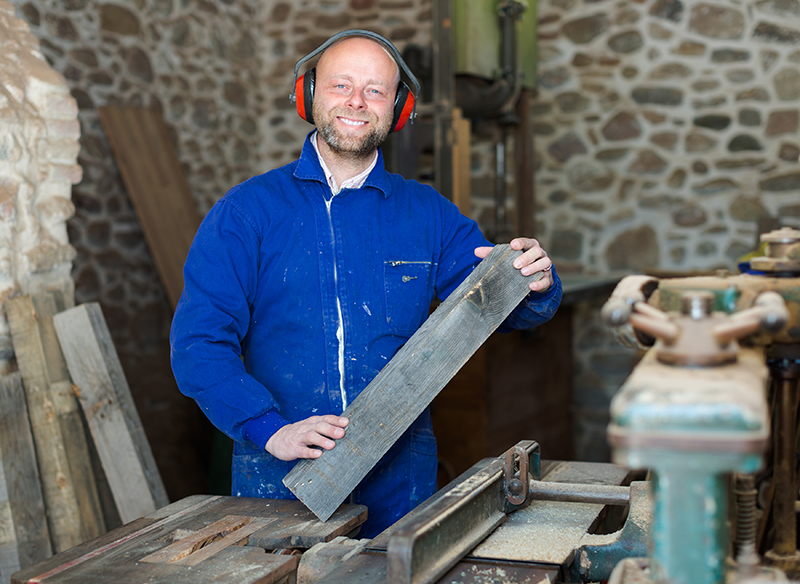The striking red-painted jug was found in a cave that had once been an underground olive press before being repurposed as a dwelling. Researchers believe the cave was in use during the Abbasid period (9th-10th centuries CE), when camels dominated trade routes, helping to move goods across vast distances.
The post Ancient Clay Jug with Camel Art Unearthed in Israel’s Yatir Forest appeared first on Green Prophet.
They say history repeats itself—but sometimes, it just hides underground, waiting to be rediscovered. Archaeologists digging in Israel’s Yatir Forest have unearthed a rare 1,200-year-old clay jug adorned with images of camels, a reminder of the animal’s central role in trade and transportation centuries ago.
“The depiction of camels on the vessel highlights the importance of the animal, which was a primary means of land transportation around 1,200 years ago,” said researchers from the Israel Antiquities Authority (IAA), who led the excavation.
The discovery was made as part of an effort to make the site more accessible to the public, in an initiative led by the Jewish National Fund-KKL. It’s being presented today (March 27) at the 20th Annual Southern Research Conference at Ben-Gurion University, offering the public a firsthand look at the latest archaeological findings from Israel’s Negev region.
A Window into the Past
The striking red-painted jug was found in a cave that had once been an underground olive press before being repurposed as a dwelling. Researchers believe the cave was in use during the Abbasid period (9th-10th centuries CE), when camels dominated trade routes, helping to move goods across vast distances.
“The fact that the artists chose to depict two camels on the jug underscores their significance during this time. Camels were the backbone of land transport, much like trucks and trains are today,” said Oren Shmueli of the Israel Antiquities Authority.
The site itself, Horvat ‘Anim, is a treasure trove of history. Nearby, archaeologists have uncovered an ancient synagogue from the Byzantine period, complete with mosaic floors, as well as an olive press dating back some 1,300 years. The conservation efforts, spearheaded by the Israel Antiquities Authority, aim to preserve these finds for future generations.
Ancient underground olive press
The ‘Ship of the Desert’ Takes Center Stage
The jug’s illustrations tell a fascinating story. It features geometric patterns and depictions of a camel caravan—possibly even an ostrich or donkey—bringing to life a time when the camel was the undisputed king of the road. Unlike earlier Roman and Byzantine periods, when goods were primarily transported by sea, the Islamic era saw camels take center stage as the “ships of the desert.”
Illustration of how the ancient technology worked
“In the Early Islamic period, camels were essential for trade across the empire,” Shmueli explained. “The artwork on this jug reflects their dominant role in everyday life.”
This discovery is more than just an ancient artifact—it’s a link to the past, a piece of the puzzle that helps us understand the lives of those who came before us. Heritage Minister Rabbi Amichai Eliyahu highlighted the importance of such finds, saying, “The Negev holds many layers of history, and each discovery sheds light on another aspect of our past.”
For history buffs, archaeology enthusiasts, and anyone curious about the past, today’s conference at Ben-Gurion University offers a rare chance to hear directly from leading researchers about this and other recent discoveries. As Eli Escusido, Director of the Israel Antiquities Authority, put it: “This is an excellent opportunity to deepen one’s knowledge of the southern region’s past and hear about the latest finds firsthand.”
One thing is certain—whether it’s 1,200 years ago or today, history still has plenty of stories to tell.
The post Ancient Clay Jug with Camel Art Unearthed in Israel’s Yatir Forest appeared first on Green Prophet.
Recommended Story For You :

Bringing Dead Batteries Back To Life Is Simple!

SEPTIFIX to the Rescue! Say Goodbye to Problems and Hello to Savings

Ecomposing of Paper Towels Produce Methane Gas

A Leading Cause Of Global Warming!

A cleaner world where energy is abundant essentially free

and sourced directly out of the inherent power of the space surrounding us.

MIT Discovery can cut power bills by 65%

Easy DIY Power Plan Will Change Our World Forever

Discover the World with Our Passionate Geography Teacher in Memphis!


